
Many times crazy ideas are rejected and disappear from the “landscape”, but sometimes they really succeed and change the world. This happy incident happened more than 150 years ago in London, when the world’s first subway line was built. What was travel like 200 years ago on horseback and on foot? Why did the first subway trips seem like a descent into hell? What did the cars look like?
Chaos full of horses, dirt and nerves
In 1801, London had a million inhabitants, another million were added 40 years later, and in 1900 there were 4.5 million. The capital of England was a city of extremes, with unsanitary, poor and smelly areas, and the Thames served as a collector, where the feces of all residents were thrown. People did not know that diseases such as cholera were transmitted through contaminated water.

Cholera killed 18,000 people in 1849 and over 20,000 in 1865.
Around 1800, London was much smaller, most people walked from home to work, and only the wealthy could afford carriages or carriages. In 1805, 1,100 visits were witnessed, “carriers” and only they had the right to transport passengers who stopped them on the street.
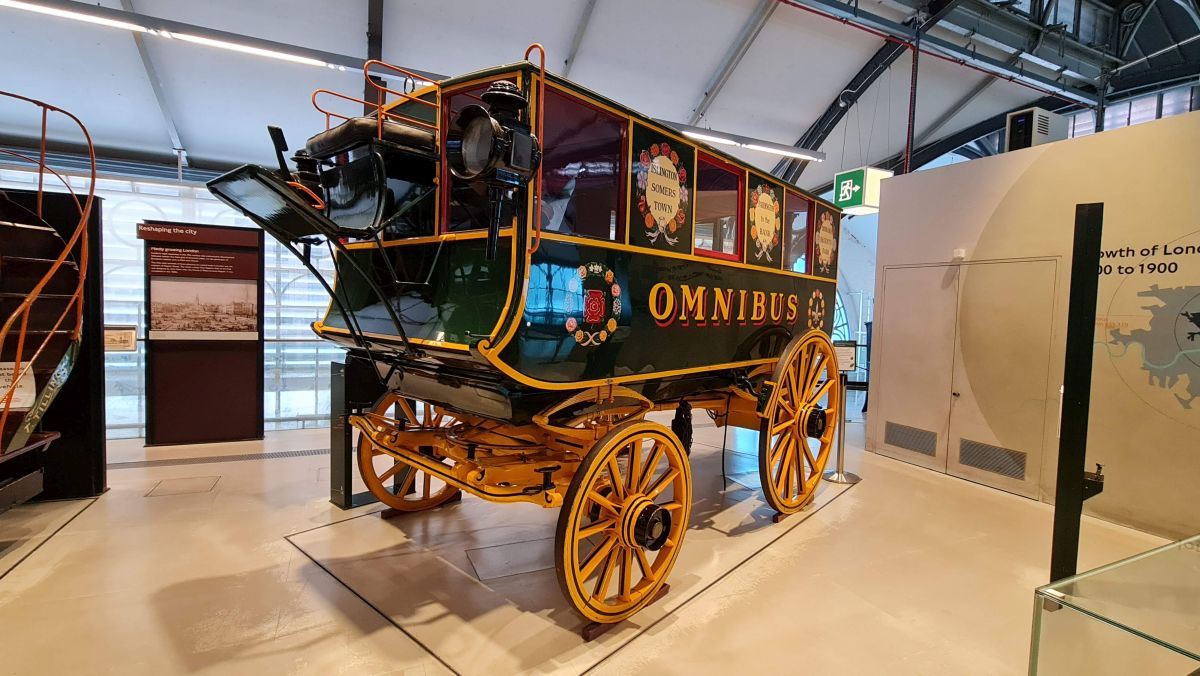
Travel outside of London was only possible by stagecoach, and in 1825 there were about 600 licensed brokers. It departed from the harness yard, but travelers had to reserve seats in advance.
The first form of public transport was the “omnibus” (omnibus in Romanian), a type of larger horse-drawn carriage with more seats. In 1829 the first line was introduced and the omnibuses were so successful that ten years later there were more than 600 of them.
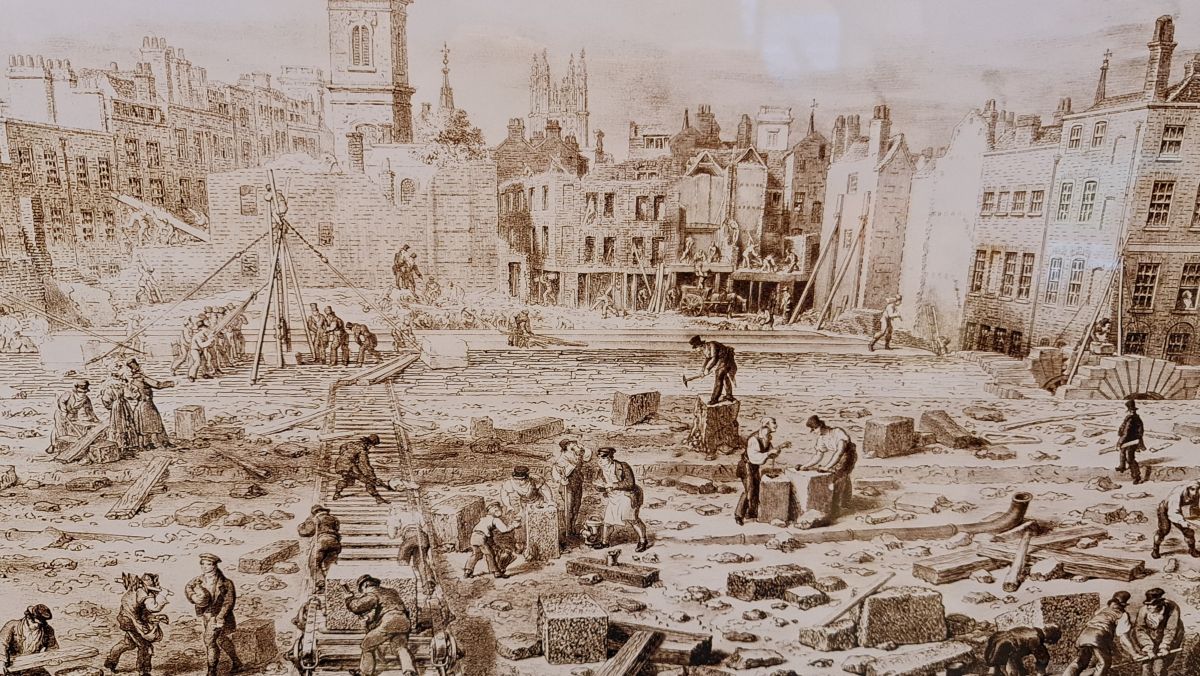
It wasn’t a cheap ride, but it sure cost less than a seat in the carriage. The biggest advantage was that it was not necessary to reserve a seat in advance, it was enough to approach the conductors, pay and sit down. The stories of passengers have been preserved that there was not enough space and the passengers smelled strongly of sweat.

In London in 1900, 50,000 horses were used for public transport every day and it was very difficult to manage the situation as these horses produced around 1000 tons of manure every day. A horse-drawn bus or tram had to change about six pairs of horses every day.
An important leap was made after 1850 with the appearance of horse-drawn streetcars, “trams” or “trams”, vehicles that first appeared in the United States (New York and New Orleans) after 1830. Thanks to the smooth sliding of the iron tracks, two horses were enough, and the trams could carry 50% more passengers than omnibuses. Trams were larger, required fewer horses, and tickets could be made much cheaper, and the operators of these vehicles could make a profit.
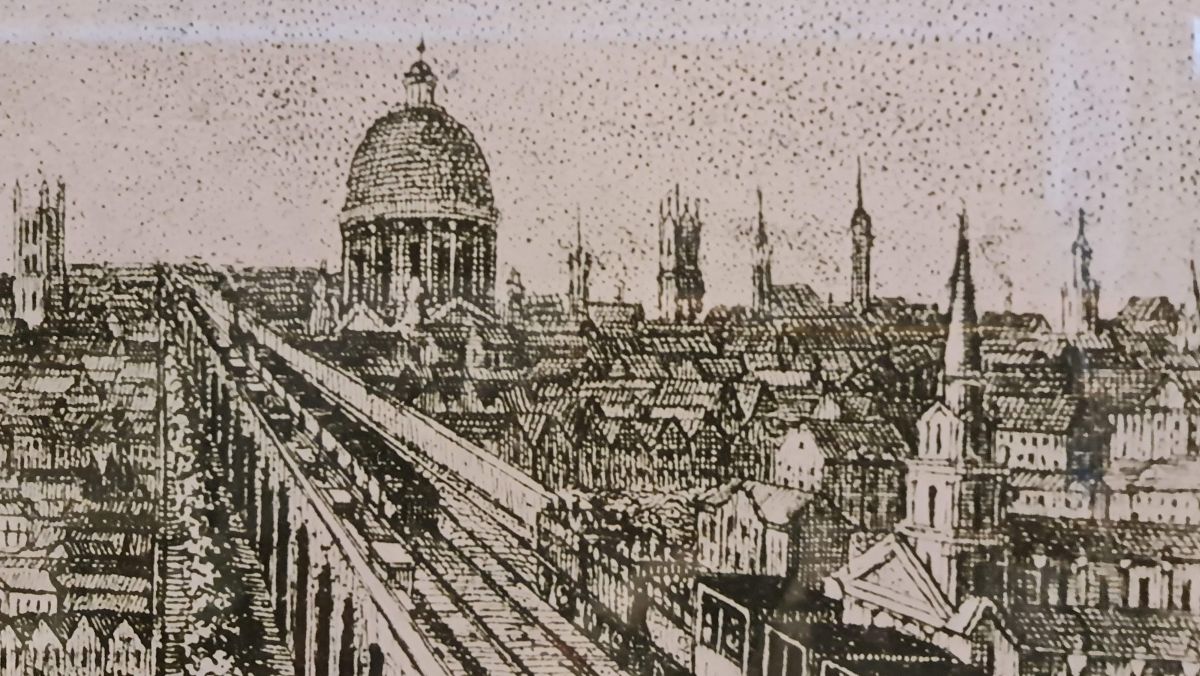
The photos in the article were taken at the London Transport Museum, a great place because it also has interactive parts, because you don’t just look at some windows, you can “step into the history” of the public transport revolution.
The growing city needed a saving idea
By 1850, London was suffocating in the garbage, dirt and manure of thousands of horses. More than 250,000 people passed through the capital’s railway stations every day, and 5,000 omnibuses and various heavy equipment arrived at the center every day. Something had to be done.
The city grew and grew and got bigger and bigger and a transportation solution was needed and people came up with all kinds of crazy ideas, from sloping sidewalks for pedestrians to walk on some kind of rollers, to trains that run at height, on race tracks supported huge pillars. Technologies available at that time did not allow such madness.
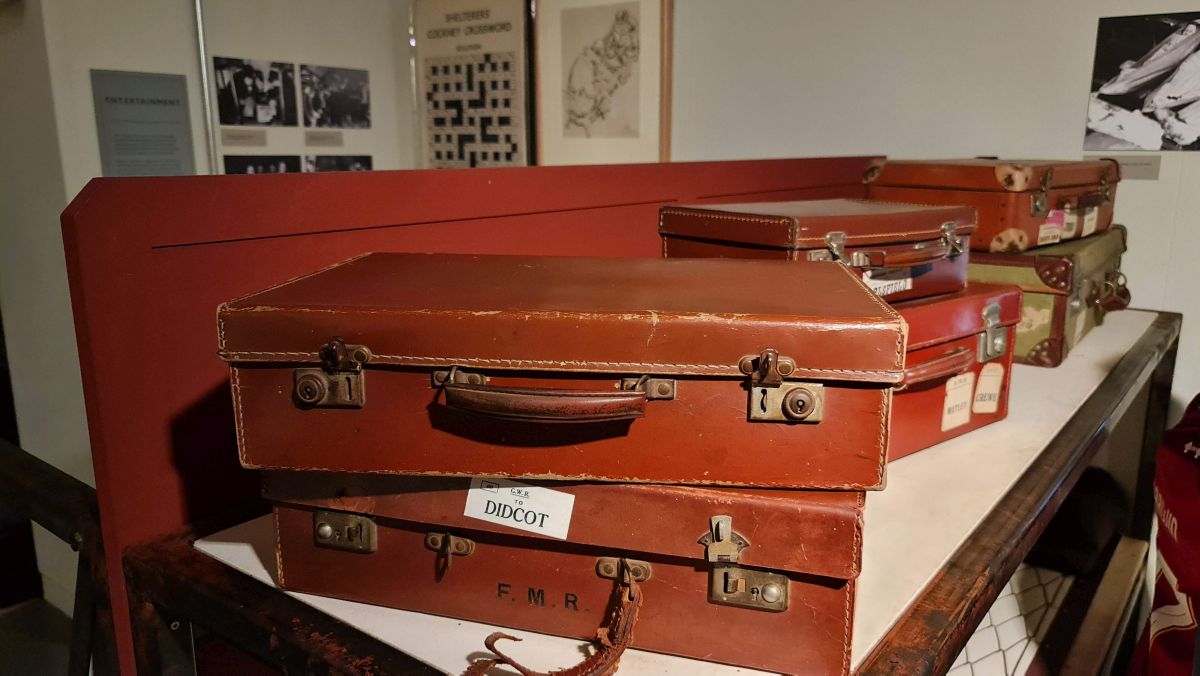
It was decided to build a 6-kilometer tunnel from Paddington (near Hyde Park) to Farringdon with five stations. Charles Pearson is the man without whose insistence the London Underground would not have been built in 1863, and probably later. Pearson presented his first plans in 1845 in a pamphlet on how to solve the overcrowding crisis, while others came up with crazy ideas such as a so-called “crystal railway” with a new boulevard along it, filled with shops and houses, which would then be covered by a huge an arcade with a glass roof.
Pearson’s idea was that if the railway could be built from the center to the periphery, people could still work in the central part, but could live a few kilometers away in areas where they would not be as crowded.
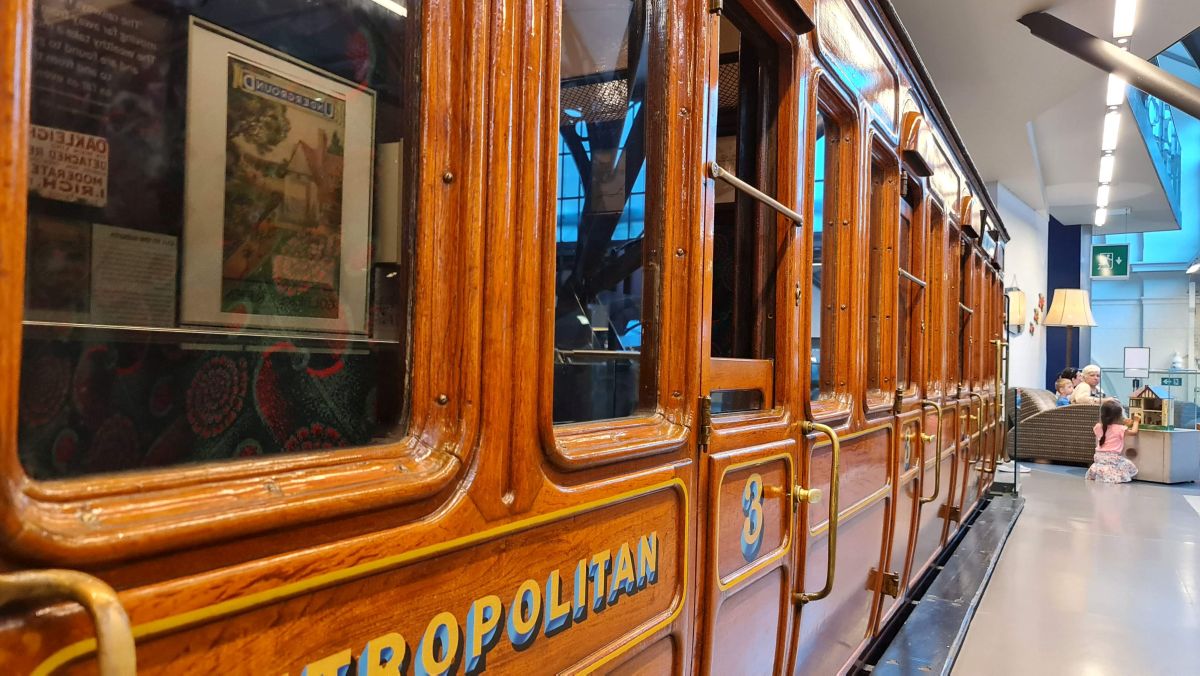
Pearson’s plan for what would become the Metropolitan Railway was approved by Parliament in 1853, and Pearson also received funding from investors in the City of London and the magnates who had built railways in the previous two decades. The Overground train arrived in London in 1838 and Euston was the capital’s first station, with the first real passenger railway opening in 1830 between Manchester and Liverpool.
The train was good on the surface, why not put it underground?
In 1838 it became clear that the train was also the fastest mode of transport in the city, and while in its first year London’s first railway carried around 45,000 people a month, after 1840 the average number reached 200,000 a month. While trams or horse-drawn omnibuses were suitable for journeys of a maximum of 4-5 km, trains were very good for longer journeys, so people could work further and further from home.

By 1900 London had 15 major railway stations and their construction left its mark on the residential ‘fabric’ of the city as over 100,000 people saw their homes demolished to make way for these stations, depots and lines. It was the poor people who suffered the most, especially because these railway companies were not obliged to find housing options for the expropriated. Between 1859 and 187 they displaced 37,000 residents from the city center.
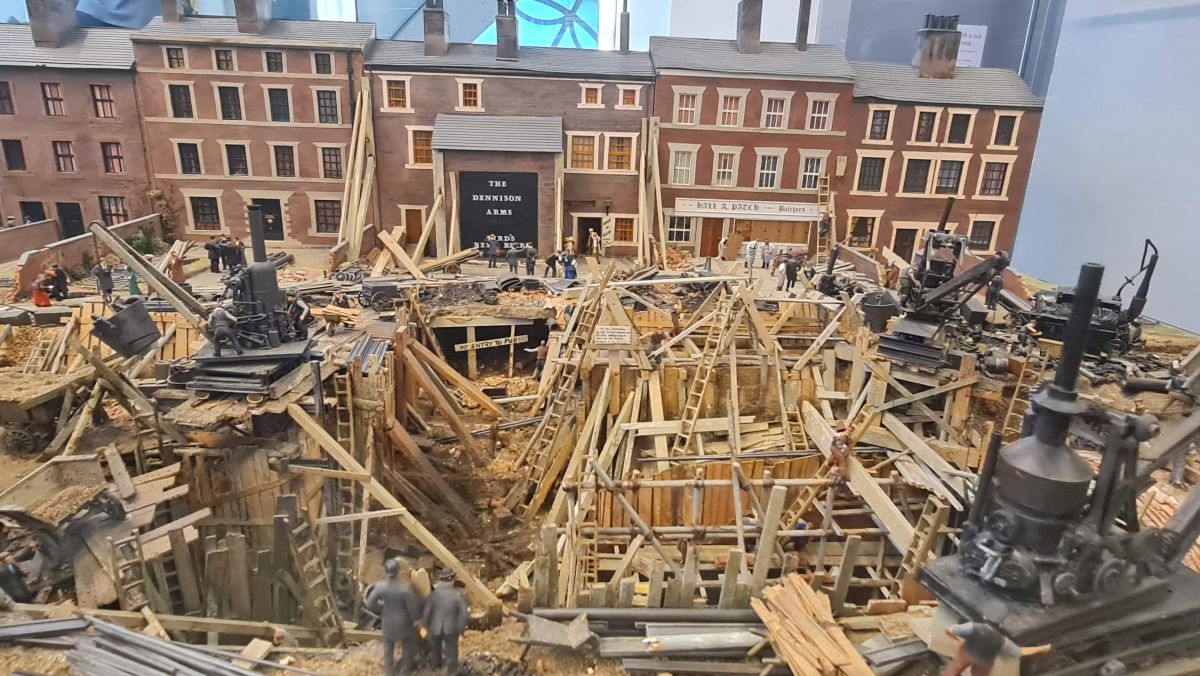
The first line of the London Underground used the so-called cut and cover technique and actually dug a huge trench, laid the railway lines, built a tunnel and then plugged it up to the original ground level, but not at first either. leaving free areas for the exhaust of a pair of locomotives. The big disadvantage of the method was that many buildings had to be demolished, so in order to save as many houses as possible, the first line went along the route of the boulevards.

This “open cut” method was the best solution in those days when tunnel boring machines were not invented and the first tunnel was shallow. 2,000 people worked for two years on this first line, but it was carried out to a high technical standard, which cannot be overlooked, considering that geological analyzes could not be done at that time. Flooding from the Fleet River also occurred during the works.
Obviously, this method of construction greatly influenced the movement of people through the city.
An exciting but short trip to hell
The cost of the first line was one million pounds sterling (equivalent to £50 million in today’s money). After the Crimean War, the British built a huge sewage system under the streets of London, and the experience gained was of great help in the construction of the subway network. Charles Pearson, the man who promoted the idea of the subway tremendously, died just a few months before the official opening.

The official opening of the line took place on January 10, 1863, and the press of the time wondered if people would have the courage to step out at dimly lit stations with gas lights and small platforms. The trains were also not very good, smelling of smoke and full of soot, and after much argument passengers were allowed to smoke. Many people compared the trip to the imaginary underground kingdom of Hades, especially since, in addition to soot, gas lamps sometimes flickered chaotically or even went out. And the stations were dimly lit.
But people were curious and 30,000 visited the trains on the first day. It was an 18-minute journey and trains ran at 10-minute intervals during peak hours and 20-minute intervals during off-peak periods. Not bad for a start!

Traveling on the world’s first subway was a bit of an adventure because there was a lot of smoke in the stations and in the cars. The Times newspaper in 1884 described a subway ride as “a moderate form of torture” to which no one should voluntarily submit if he knows he cannot endure it.
On the first subway lines, there were three classes of comfort: from hard wooden benches to soft benches with soft upholstery.
Thanks to the underground, villages that were previously outside London were included in the metropolis and became districts of the huge capital. The first stage of inclusion was in 1860, another in 1890, when the metro network expanded significantly.
And the metro changed people’s way of life
After 1880, more elegant suburbs appeared, where those who could afford it lived much better than their predecessors because they had more living space and sometimes yards. But it was also a chaotic development, and few cities in world history grew as much as London in the second half of the 19th century.
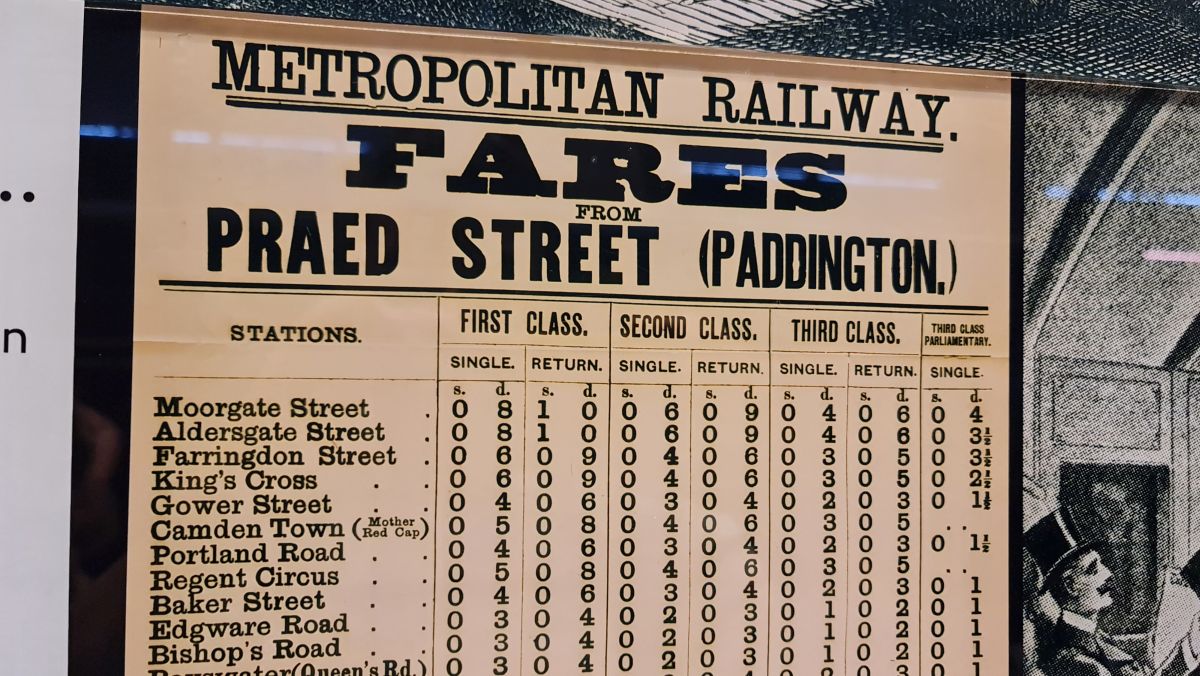
The subway was a great success, workers from various factories rode it in the morning, and a little later even bankers from the City of London rode it (by the end of the morning the ticket was more expensive). Special condensers were installed on the locomotives so that there was less smoke, different types of coal were tried, complex systems with pipes were tried, but in vain. In 1879, The Times published a letter from a mining engineer who said that even he, who was used to a toxic environment, could not stand the poisoned atmosphere in the carriages.
The problem of ventilation was solved only after 1890, when electric trains were introduced.
In its first year, 9.5 million people used the metro, and the success was huge, so the network was constantly expanded and reached 90 million within a few years. In the second year, the number of travelers reached 12 million, now it is about 1.4 billion, which is 40% more than 15 years ago.
After 1880, more modern technology made it possible to dig deeper tunnels that no longer interfered with building foundations and utilities, and 1890 remains a key year in the history of the subway, as the first deep line was put into operation and electric traction was introduced. .
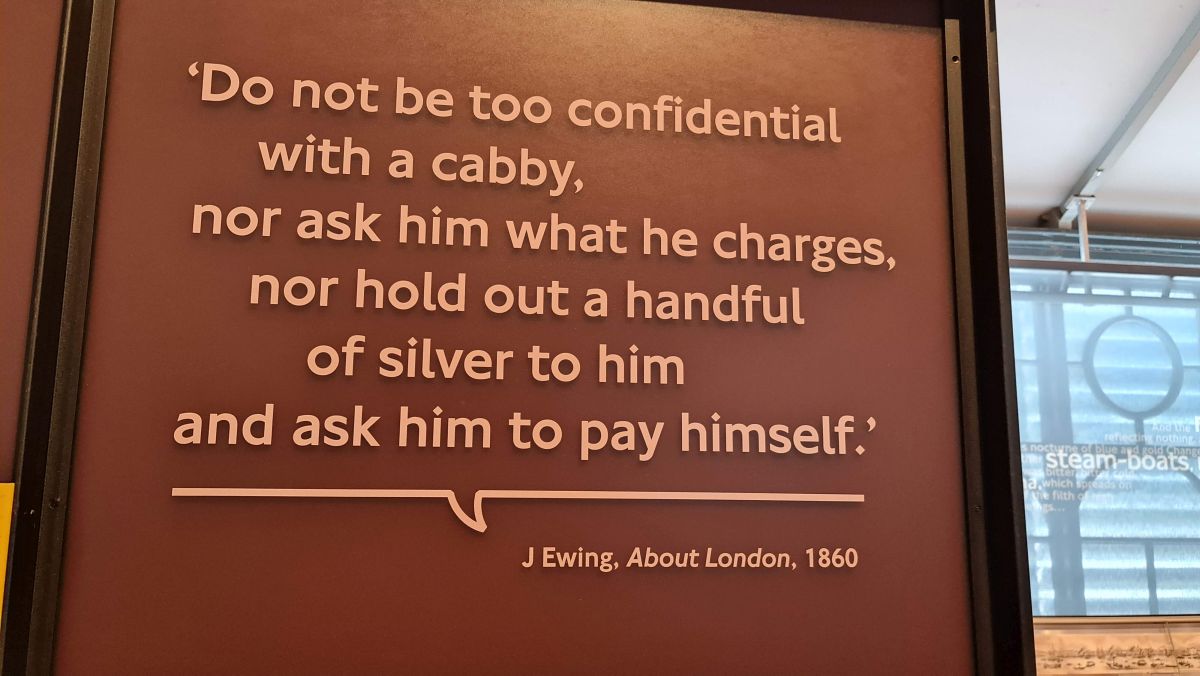
Source: Hot News
Ashley Bailey is a talented author and journalist known for her writing on trending topics. Currently working at 247 news reel, she brings readers fresh perspectives on current issues. With her well-researched and thought-provoking articles, she captures the zeitgeist and stays ahead of the latest trends. Ashley’s writing is a must-read for anyone interested in staying up-to-date with the latest developments.